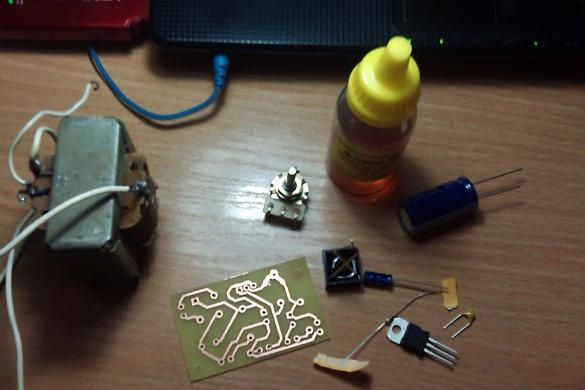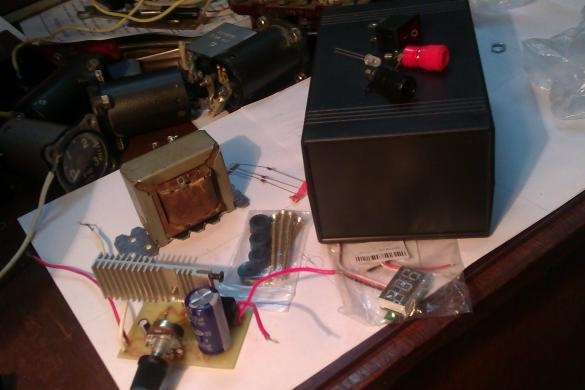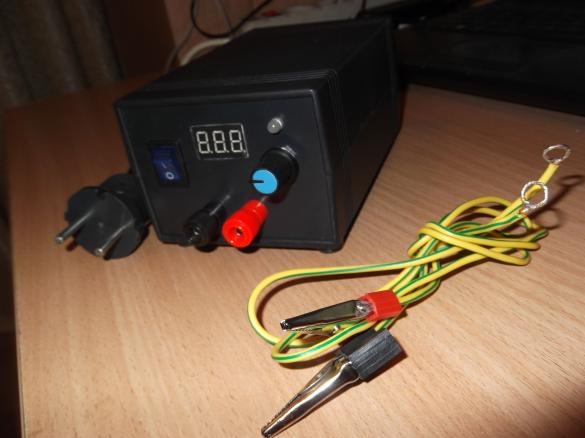The laboratory power supply unit (BP) for the ham radio is an essential device! Have to work with different devices or their elements. Accordingly, there is a wide range of energy consumers and everyone has different supply voltages. There is nothing left but to get a ready-made PSU. But when I was asking the price of radio stores, I realized that it wasn’t so cheap and decided that for me, a simple, inexpensive power source would be enough for me. Since I can say, a beginner in this business, I first turned to literature, studied its working principle and want to tell you what is needed for this.
A simple laboratory BP scheme conventionally consists of two parts:
1) the PSU itself (transformer, diode bridge and capacitor) This is the main part, the power of the entire PSU depends on the choice of transformer parameters.
2) a small voltage regulator circuit (may be on a transistor or on a zener diode).
Required Items:
- transformer;
- Diode bridge;
- Zener diode __LM-317;
- Capacitors__C1 2200mkF, C2 0.1mkF, C3 1mkF;
- Resistors _____R1 4.7 kOm (variable), R2 200 Om;
- Voltmeter;
- Light-emitting diode;
- fuse;
- Terminals;
- The radiator.
I already had a transformer (TS-10-1), I did not have to choose and spend money on this.
Once all the elements are already assembled, let's get started.
1st STAGE: We are preparing a board.
2nd STAGE: Solder the elements according to the scheme. If you don’t have the opportunity to “etch” the board, you can make it a “canopy”.
3rd STAGE: We connect the board to the transformer, and our PSU is ready.
But now we need to make it so that it is beautiful and practical. For this, I purchased a case and a digital voltmeter.
We make installation in the case.
Using a drill and needle file, holes were made on the front panel. The voltmeter "sits" on two droplets of superglue.
A few hours later I got the desired result.
Now I have a power source that very often helps me out.









